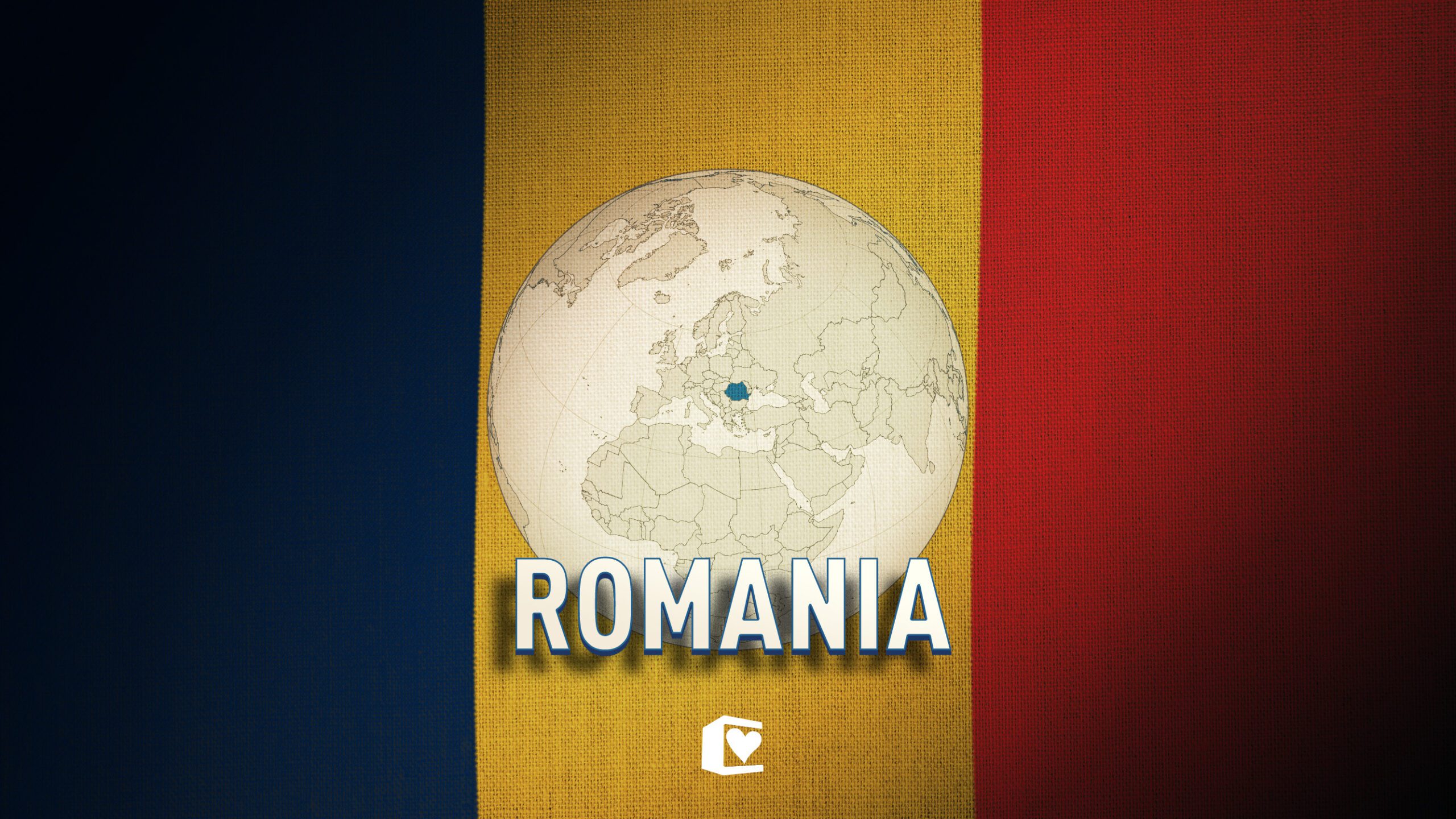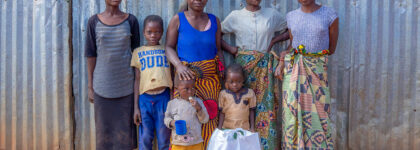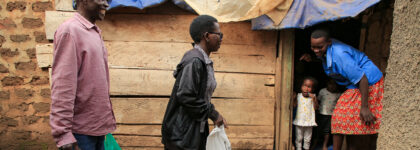In Malawi, nine-year-old Christopher struggles to keep up in school, likely due to cognitive delays caused by ongoing nutritional deficiencies throughout his childhood. In California,…
When you think of Romania, what comes to mind?
You might associate it with gymnastics, due to Romanian gymnast Nadia Comaneci being the first gymnast to ever receive a perfect score. This was the start of a forty-year legacy of Olympic medals in women’s gymnastics for Romania.
Maybe you associate Romania with the Romani people, often known as Gypsies (though this is considered a derogatory term). While their names are similar, the Romani people originated from northern India roughly 700 years ago. The Romani people are the second largest minority, making up slightly over 8% of Romania’s population.
Perhaps you associate the country with Transylvania, a region in central Romania known for its beautiful villages, stunning medieval landscape, and gothic castles. Bran Castle is Romania’s most visited tourist attraction. The castle—as well as local lore surrounding it—has long been considered the inspiration for Bram Stoker’s Dracula.
But beneath the beautiful landscape and historic architecture, Romania has had a very turbulent past. Over the centuries, invading forces fought for control over the land, drawing and redrawing borders with each conquest.
In 1877, Romania declared their independence from the Ottoman Empire. A few years later, Romania joined the Allied forces against Germany and Austria-Hungary during the First World War. Romania reclaimed Transylvania from Hungary in 1918, was forced to give part of it back to Hungary in 1940, and reclaimed it from the Germans and Hungarians again in 1944.
Following World War II, Russian troops were stationed in Romania, which ultimately led to a Communist takeover. During the 24-year reign of Communist dictator Nicolae Ceausescu, several laws were enacted to increase the population, in hopes of boosting the economy. Unfortunately, this led to more problems than solutions. Many Romanian parents couldn’t afford to feed their growing families. As a result, orphanages across the country quickly became over-crowded.
The children who were able to escape the horrible conditions of the orphanages took to the streets, preferring homelessness to the treatment they had received in those institutions. Many fled to the sewers to escape the harsh winter temperatures and formed their own communities.
Though the Communist regime in Romania collapsed over thirty years ago, Romania is still recovering. Many of the children who fled underground are still there, raising the next generation of street kids.
In 2015, Children’s Hunger Fund launched a Mercy Network in Romania, working through Grace Baptist Church in the city of Slatina. Currently, there are twenty-eight churches in the Mercy Network, all dedicated to gospel-centered mercy ministry for families in need in their communities.
A Mercy Center was established in Romania in 2019, which has provided opportunities for the Mercy Network to extend their outreach ministry. In addition to offering tutoring services, they offer three things sure to bring children back day to day: food, games, and people who care about them. This afterschool program has been a great tool for establishing and deepening relationships with the students and providing opportunities for sharing the gospel.

Since the beginning of the war in Ukraine, our partners in Romania have also been assisting in relief efforts. With the help of several emergency relief grants, ministry workers in Slatina have purchased food and made several trips across the border into Ukraine, despite being almost six hours from the nearest border. You can read more about our Ukraine relief efforts here.
God continues to do mighty things through the ministry of our partners in Romania. We are so thankful for their partnership.




